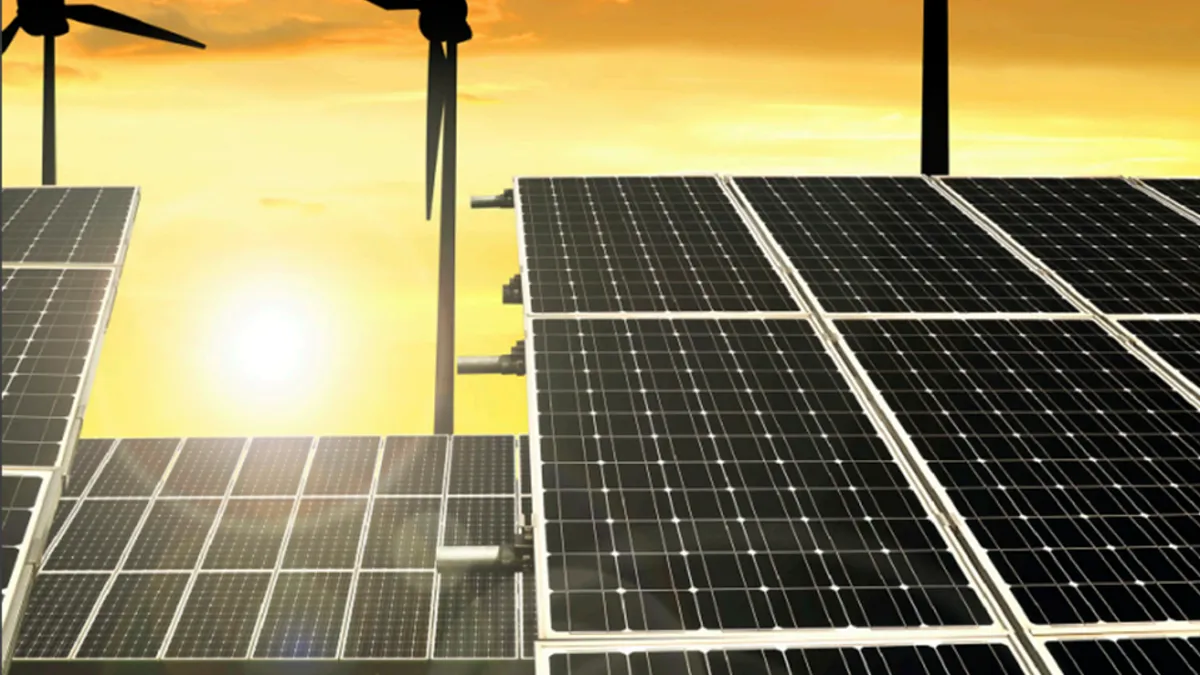The following is a contributed artcle by Fredrich Kahrl, managing partner at 3rdRail and Jim Williams, associate professor at the University of San Francisco
Achieving the Biden administration’s ambitious plans for decarbonizing the U.S. electricity sector will require a historic political compromise among states. The logic of this grand bargain has grown increasingly clear over the past decade. It requires a stronger federal role in the electricity sector and a greater regionalization of electricity markets that will chafe state lawmakers, but the opportunities outweigh the risks.
From an external perspective, it appears that the Biden administration has devoted much time and effort to defining the endpoints of ambitious climate goals, but less time navigating the politics of incremental steps. This is out of step with experience of the past decade: long-term federal goals and signature policies will change with the vagaries of political cycles, but incremental changes in technologies, transmission topologies, and power system operations will have real staying power.
The fundamental political challenge for decarbonizing the U.S. electricity sector likely boils down to the need for compromise between states that have long-term greenhouse gas (GHG) emission reductions goals and those that do not. As of early 2021, about half of U.S. states had some form of long-term emissions goal. Many of the states that do not are in wind-rich portions of the Midwest and solar-rich parts of the Southeast and Southwest.
Wind and solar PV dominate future generation mixes in recent analyses of technology pathways to reach net zero CO2 emissions in the United States by 2050. These analyses assume some form of a national electric grid, with a two to threefold expansion of interstate transmission capacity that brings wind and solar generation from resource rich regions in the Midwest and South to the rest of the country and facilitates national balancing of these resources. Realizing this vision implies huge investments in generation and transmission in the Midwest and parts of the South.
The incremental steps toward this vision will have six key elements:
- Congressional support for interstate transmission, perhaps in the form of a federal investment tax credit
- Federally-coordinated efforts to streamline federal and state transmission permitting processes
- Greater FERC leadership on transmission planning and methods for regional transmission cost allocation, under which importing states would pay a substantial share of the incremental costs of new interstate transmission
- Greater FERC leadership on ISO/RTO market design changes and potentially some consolidation of ISOs/RTOs (e.g., ISO-NE, NYSIO and PJM; SPP and MISO) that would reduce or eliminate market seams, facilitate national balancing of wind and solar generation, and encourage cross-state investments in these resources
- FERC leadership to resolve recent impasses over states’ ability to count "policy-driven" resources toward resource adequacy requirements in ISO/RTO capacity markets
- Novel combinations of federal policy and regulatory tools to incentivize a 50-100 GW per year-scale expansion of wind and solar generation and retire existing coal generation, including legislative carrots (e.g., tax credits) and EPA regulatory sticks (e.g., regional emissions caps, clean energy standards) that complement interstate resource procurement
These six elements contain multiple layers of federal-state and interstate quid pro quo, with states ceding authority to FERC in exchange for federal action that furthers their environmental and economic development goals.
Some states that have aggressive emission reduction goals might balk at federalization, arguing for local control, local resources, and a more hands-off role for FERC. Indeed, many state energy and climate policies have been framed around local job creation and some states have threatened to withdraw from RTO markets over perceived federal attempts to suppress state energy and climate policies.
But localism is shortsighted. It ignores the limits of "go it alone" approaches to addressing a global environmental problem and the need for a bargain with states that want no part of federal climate policy. From the perspective of the global climate, California or New York meeting its mid-century emissions goals is all but meaningless if other states and countries do not follow suit.
The grand bargain is thus: A handful of key states that have resisted federal climate policies abandon their opposition, in exchange for what is likely to be trillions of dollars in generation and transmission investment over the next two decades. States that have pursued semi-autarkic energy and climate policies open their doors to electricity imports and pay for a larger share of generation and incremental transmission costs in other states, in exchange for federal climate legislation.
There are elements that all sides will dislike about this bargain, but the upside, in terms of economic development benefits and breaking political deadlock over federal climate policy, may be enough to facilitate compromise.
The Biden administration has a narrow window in which it can make lasting change in decarbonizing the U.S. electricity sector, and the economy as a whole. It should focus on a grand bargain, with a well-articulated value proposition that resonates with enough states to form a sustainable majority.














